
01.05.2021
Looking back, artist Pedro Marerro identifies milestones in art history and pop culture that contributed to the negotiation of his identity as a male individual with motor disabilities in the face of stereotyped and almost nonexistent representation of “other” corporalities.
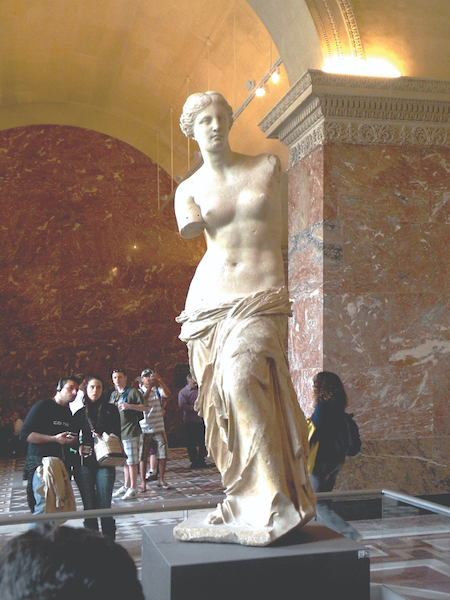
For Hilda, Boris, Sergio, and Igor.
I
Tobin Siebers’ article “Disability Aesthetics and the Body Beautiful”[¹] recognizes the aesthetic attributes of disability in art history. Although it was only in the nineteen sixties that a movement of artists with disabilities whose work dealt explicitly with their bodies began to take shape (with the sole exception of Frida Kahlo), Siebers retrospectively tracks a series of milestones in Western art history that prefigured the conscious and intentional representation of bodies with disabilities, or “broken” bodies. According to Siebers, everything began with the rediscovery of Classical Greek and Roman sculpture during the Renaissance, when the Belvedere Torso, a severely mutilated sculpture of a muscular male torso, produced a shift in the aesthetic conception of sculpture, which began to embrace the notion of the fragmentary or the inconclusive as a source of beauty, a notion that was consolidated with the discovery of the Venus de Milo.
The aesthetics of disability interest me in particular insofar as they can contribute to the appearance of new, complex, real, and positive narratives and representations of bodies with disabilities and experiences of disability.
In this essay, I conduct a retrospective analysis inspired by Siebers’ work to highlight milestones in art history and popular culture that have contributed to the negotiation of my own identity as an individual with motor disabilities born in a body biologically identified as male whose childhood and adolescence were spent in a cultural context that offered only poor, stereotypical, or almost nonexistent representations of “other” corporalities. In this text, I attempt to find disability wherever I can—in spaces where perhaps nobody thought to find it—as a form of resistance, thinking of these milestones and reflections, as I like to call them, as charts of salvation, as a way of not being rendered invisible by history.
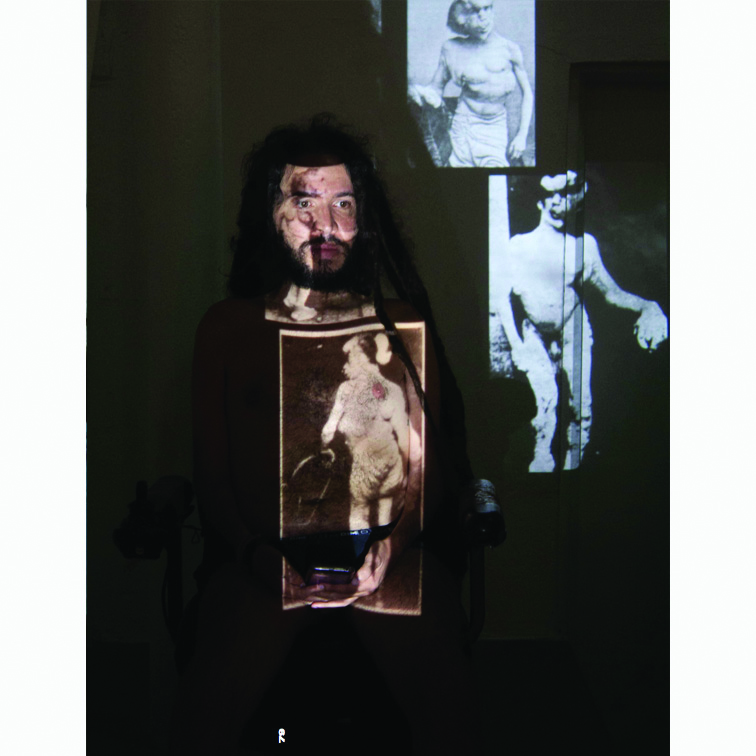
II
During my childhood, I was not exposed to the concept of disability and much less to those of the social model of disability,[2] Crip theory,[3] or the aesthetics of disability. I lived, of course, with disabilities, not only my own—motor, neuromuscular (I was born with Becker muscular dystrophy)—but also with those of my uncles, Igor and Cheche, with whom I lived until my adolescence, when we were interrupted by death, as well as that of another uncle, Boris, who died long before I was born. Like me, Igor and Boris (classic names for sinister and servile hunchbacks in the science fiction of old Hollywood) also lived with muscular dystrophy, and Cheche had a psychomotor disability, the product of a bout of meningitis he suffered when he was only a few months old.
Without identifying with the word “disability” and not knowing any references or cultural representations of disability, I never had the idea to construct my identity (eventually Crip, among other intersectionalities) around “broken” bodies. Rather, I gravitated to the idea of “other” bodies, since, from my point of view, I was “weird” long before I was a person with a disability. Even so, though I didn’t know it then, growing up with my relatives with disabilities gave me a perspective that would make it easier for me to digest the social model of disability when I became an activist in 2013. Even though disability is among the most foundational aspects of my person, the innocence of age and the natural evolution of my condition (genetic and degenerative) initially made me feel inadequate, more in the face of heteronormativity and the gender system than in that of ableism, and this meant that my semi-unconscious teenage quest for references, representations, and role models concentrated more on “possible masculinities.”
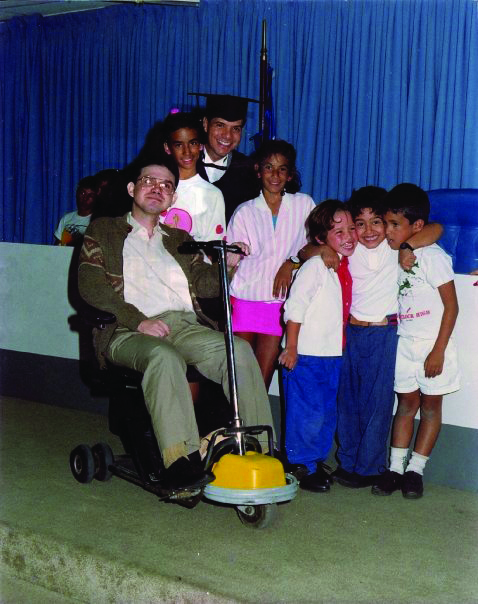
III
My interest in drawing, and probably my bodily difference as well, led me to look at bodies with a growing insistence, curiosity, and fascination. I always wanted to draw the human body, human bodies. In the beginning, I focused on characters because my early engagement with drawing was tied to fiction. Drawing was a way of imagining bodies and narratives about the body—both possible and impossible. Of course, as I grew up and became interested in art, I explored drawing in addition to fiction (though I think fiction continues to play a fundamental role) with a mystical-analytic attitude that sought to learn/apprehend bodies.
The last thing that would have occurred to me in my early life would be to draw myself (that is, my body). Instead, I had many avatars, but I especially recall the rock musicians who shifted over time as my adolescent music taste developed. They started out looking like Axl Rose (Guns n’ Roses) and ended looking like the defiantly queer Brian Molko (Placebo). But when I stopped role-playing in secret, inventing for myself any other body or life except my own, my interest in the body tended towards a delight in the anatomic, physiological, biological that encroached ever more on the terrain of the aesthetic and, I believed, the narrative-semantic (later I would understand how political a body, even dismembered, could be). My drawings ceased to have beginnings or ends, but rather accumulated fragments, limbs, sections of bodies, inconclusive beings, hybrids, chimeras. The sexuality of the bodies and a wild eroticism began to rear their heads in my figurative universe. Although I still didn’t dare look at my own, I was exploring the confines of bodies of paint and paper that I rendered and unrendered in a mess of hair, meat, bones, limbs, and organs.
IV
The narrative of the hegemonic subject doesn’t only define the hegemonic subject. In order to define the hegemonic subject/healthy body, biopolitics must identify the diverse bodies that do not conform to it as subaltern, other, criminal, sick, uncivilized, aberrant, victims, subjects without agency. As Robert McRuer, the founder of Crip theory, argues in Crip Theory (2006), these operations were very similar to (if not the same as) those that identified, sanctioned, pathologized, criminalized, and institutionalized sexually and gender diverse people as well as people with disabilities, both of whom were exiled from the political project of the productive, reproductive, healthy body. Importantly influenced by queer theory, McRuer was the first in critical disability studies to posit disability as a valid form of identity and dissidence, adopting the word “Crip” to designate this identity and its perspectives and narratives decades after the same word (which was originally derogatory) had been reappropriated by activists and artists with disabilities in the seventies.[4] Furthermore, the theory established new points of contact with the queer community and queer activists.
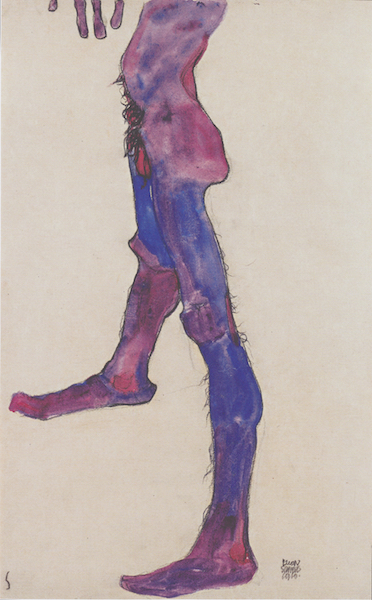
V
What I understand now after encountering the aesthetics of disability and Crip theory is that what I was looking to create through the reflections that I found in movie characters and rock stars as well as the visual arts was that which I first called “possible masculinities” and later came to refer to more accurately as “possible corporalities.” Here, I am referring to corporalities and gender expressions that were possible for me, possibilities that weren’t offered by the hegemonic subject, and its narratives which marked as abnormal, deviant, or pathological corporalities and expressions distinct from those that conformed to ableist, racist, patriarchal cis-heteronormativity.
As a child and before the internet, I could only consume images that television, movies, and music videos provided me with. The latter two perhaps influenced my young self the most, before I turned to art history books and the internet to search more intentionally for my reflections. Film, however, was the first avenue to introduce me to characters for whom corporeal difference and social marginalization intersected, and whose ways of living and being in the world problematized, perhaps subtly, certain gender expectations.
VI
Lacking hands, the hero of Edward Scissorhands (Tim Burton, 1990) has two unrealistic prosthetic limbs made of scissors. After a chance encounter with a saleswoman, Edward tries to join a suburban community that is incapable of understanding his difference and which ends up forcing him to return to his castle/prison. Although Edward’s anatomical difference is attributed to a fantastical origin—he is more of an automaton with a “heart” than a human being—it is easy to read disability as a central theme of the movie. However, I will concentrate on Edward’s body and what I saw in it. From his first appearance, his way of walking is immediately noticeable. His gait is timid, a little stiff, fragile, and it always reminded me of my own gait. Although his lack is concealed by the “excess” and spectacular nature of his “scissor hands,” Edward in fact has difficulty dressing, eating, opening doors, expressing his emotions physically, as well as complying with social customs, which ends up leading to his rejection. Even when he puts on “normal” clothing, it is clear that it isn’t designed for his body and functionality.
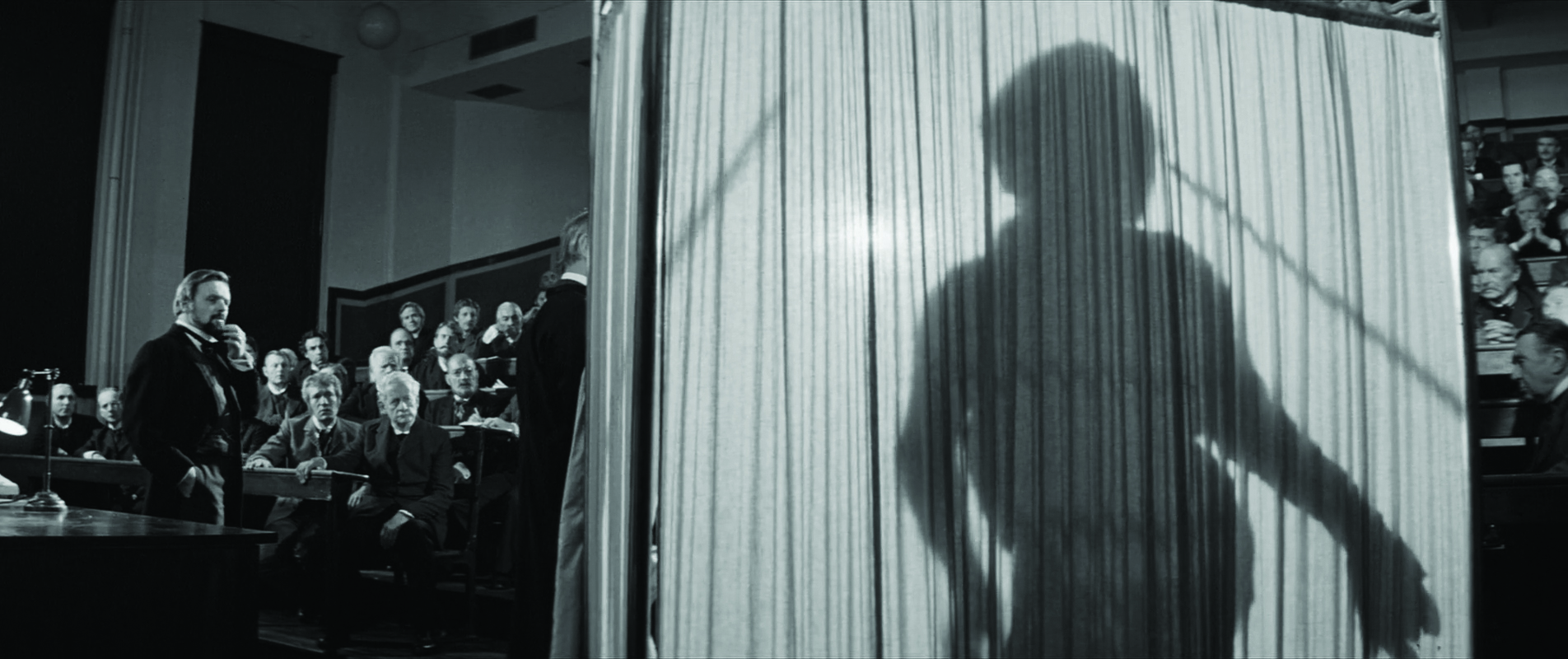
The Elephant Man (David Lynch, 1980) is a tale based on the life of Joseph Merrick (1862-1890), a man born with severe deformities that earned him the nickname “Elephant Man” on the stage of the human oddities show, where he was exhibited for most of his life. Merrick escapes his destiny as a show spectacle when he is “discovered” by Dr. Treves, who at first becomes obsessed with the scientific discovery he believes Merrick to be and only later recognizes his humanity. In my adolescence, before I used a cane or a wheelchair, I felt more uncomfortable with people’s stares or standing out because of the way I walked or because of my frequent and dramatic falls, or because I didn’t look sufficiently “masculine” or attractive, than with the physical limitations that my condition represented. Cruel to myself as only an adolescent can be, I felt as “abject” as Joseph Merrick. But beyond Merrick’s spectacular appearance, his physical impairments and respiratory condition clearly showed him to be a subject with disabilities and a body with which I could identify. In the movie, Merrick walks with a considerable limp and wobbles on his feet, supporting himself on a cane which he wields with his only “functional” hand. His spine is pronouncedly curved, and this constantly threatens his balance. Merrick is incapable of sleeping lying down and this makes him feel excluded from human experience (where he is not represented). More than anything,
The Elephant Man is a story about access to human dignity more than a medical or material condition, and this was foundational to my understanding of me.
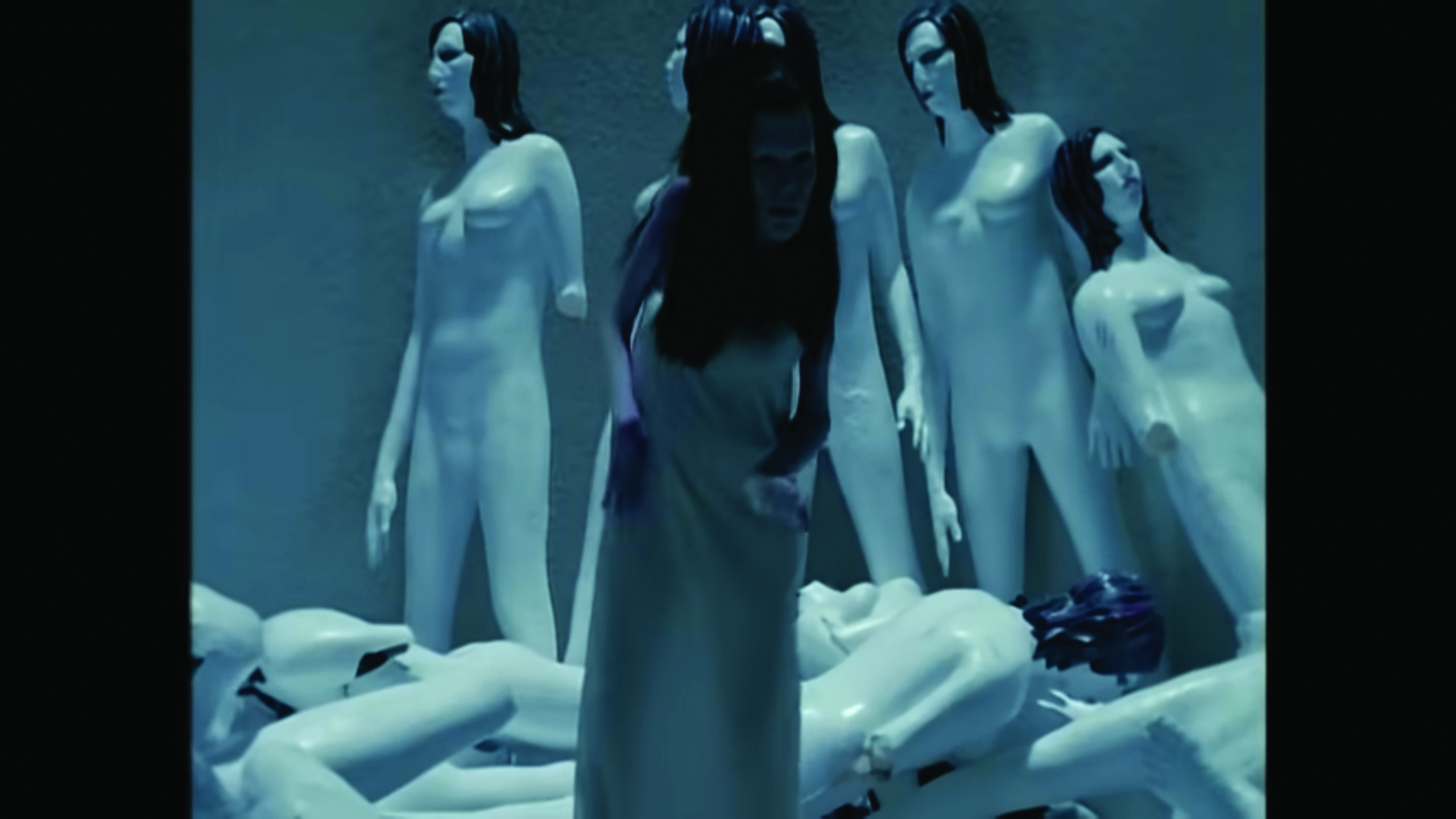
Fortunately, today, I have many iconic crip references like Frida Kahlo, Frank Moore, Bob Flanagan, Cheryl Marie Wade, Mary Duffy, Sunaura Taylor, Mari Katayama, Sandie Yi, Trista Marie, the real-life characters of Crip Camp (Jim Lebrecht, Judy Heumann, Denise Sherer Jacobson, Steve Hoffman, among others), Aimee Mullins, Viktoria Modesta, Aaron Philip, Venus Dimilo, the group of drag queens and kings with Down syndrome called “Drag Syndrome”, and an ever-growing et cetera. But I never would have found out about these references if I hadn’t first come across precarious and coincidental shards of reflection in the ocean of “normality.”
Tobin Siebers, “Disability Aesthetics and the Body Beautiful: Signposts in the History of Art,” Alter 4, no. 2 (October-December 2008): 329-336.
Gloria Maritza Céspedes, “La nueva cultura de la discapacidad y los modelos de rehabilitación”, Aquichan (Vol. 5, núm. 1, October, 2005): 108-113
Robert McRuer, Crip Theory: Cultural Signs of Queerness and Disability (New York: NYU Press), 2006
See the 2020 documentary Crip Camp: A Disability Revolution, directed by James Lebrecht and Nicole Newnham. Los Angeles: Higher Ground Productions, 2020.
Comments
There are no coments available.